OneShift Buyers' Guide For The Honda Fit (GE)
Launched in 2008, the Honda Fit (GE) was noticeably larger than its predecessor with a longer wheelbase. Its front suspension was revised, along with upgraded power steering. Despite its added dimensions, it can tackle corners confidently and was still the sensible family man’s choice over the smaller and arguably more dynamic Suzuki Swift, and the reliable but often labeled “dreary” Toyota Yaris.


The Honda Fit was often overlooked when it made its debut in Japan in June 2001, primarily due to its small “stature” that shouts economy, cautious and back-to-basics. It was a period we reckon heralded fashion trends like oversized sunglasses, massive hoop earrings and chunky sweaters, which is why it had trouble fitting (excuse the pun!) in a company that adopted the bigger-is-better approach. The perception back then (which we don’t entirely agree with now as big fun can come in small packages) was that we purchased small cars because we could not pay for a full-sized sedan, at the expense of less on-board tech, less space and a smaller amount of performance right from the get-go.
But the Honda Fit punched way above its pocket-sized figure might suggest. Despite the ”stigma”, sales figures did not lie - the Fit was Japan’s top selling vehicle in 2002 - a first for Honda! And even when the first-gen (codenamed GD) made way for the second and third-gen (GE / GK / GH / GP), sales figures were through the roof. China registered more than 1.2 million units till date - certainly a figure not to be trifled with. Now in its fourth generation (codenamed GR / GS), it has advanced with the times to introduce self-charging tech (e:HEV), which is Honda’s new dual-motor i-MMD (Intelligent Multi-Mode Drive) hybrid system. In some markets, the current-gen Fit is sold as a hybrid-only model, brave for a segment that might not need the latest tech. But wasn’t that how the Fit was conceived back in 2011, going against the grain to serve millions of satisfied drivers and passengers over the decades?

Launched in 2008, the GE was noticeably larger than its predecessor with a longer wheelbase. Its front suspension was revised, along with upgraded power steering. Despite its added dimensions, it can tackle corners confidently and was still the sensible family man’s choice over the smaller and arguably more dynamic Suzuki Swift, and the reliable but often labeled “dreary” Toyota Yaris.
The Honda Fit in Singapore was primarily brought in by parallel importers, while the 1.5-litre Jazz was handled by local Honda distributor Kah Motor. Most locally-specced GE Fits had a 1.3-litre naturally aspirated motor capable of 97bhp. Some even came with a panoramic “Skyroof” option. It is interesting to note that most of the Fits in the used car market were registered towards the tail end of 2008 with COE prices hitting rock bottom (imagine a S$6,200 Cat A COE in December 2008!). That, we reckon, sparked a buying frenzy for families not affected by the recession, and looking for a fuss free mode of transport. Today, a pre-owned Honda Fit could have between two to five owners on average, with mileage hovering around the 130,000km - 150,000km mark.
As with most used cars, proper service cycles could prolong a vehicle’s “healthy” lifespan. For the GE Fit, carbon residues are known to collect and clog oil ways, which can cause wear and tear on the camshafts. A careful owner will be bringing it for servicing every 10,000km, or every six months. On a cold start, do monitor light “tapping” sounds in the engine bay. It’s not too detrimental to your vehicle’s health if detected, but that could mean the timing belt needs replacement. Check the oil filler cap for evidence of sludge too, as too much accumulation could strongly infer that servicing cycles were missed.
If you are eyeing a Fit that has clocked 150,000km of mileage, its front brake pads should have been through at least five replacements. All four brake rotors should have also been replaced at least once. Watch out for squeaking sounds during your test drive if given the opportunity, because that could mean the rotors are worn out. The suspension should not feel like it has “bottomed out” too, which means the bushings are worn out. The suspension system should have been replaced at least once during the Fit’s lifespan at its current age.

The GE Fit’s front headlamps often get foggy / frosted over the years, so it will be wise to request for a thorough cleanse, or negotiate for replacements with the current owner or used car dealer. Interior plastic trims tend to fade easily too, especially around the centre console (air-condition and temperature control knobs in particular) and inner door handles. It is not uncommon for owners to do a wrap job to conceal worn-out materials that have seen better days - no thanks to Singapore’s sweltering heat! There were even cases of front seat belts not buckling properly, so it’ll be wise not to take that for granted.
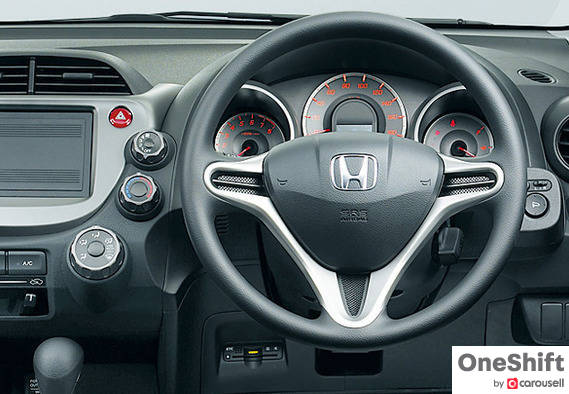
Perhaps the single most important thing to note will be that Honda recalled the Jazz/Fit globally due to issues with airbags that had up to “a 50% chance of misdeployment if triggered in an accident”. This affected models from 2005 to 2013, so do check the service history or even perform visual inspections on the panels where the airbags hide to ensure that they have not been tampered with.

The smart “magic seat” configuration can fold flat to transport bulky items, which means more moving parts leading to higher chances of wear and tear. The mechanisms to hold the seats in place can sometimes loosen or even dislodge. Watch out for scars on the inner roof linings as well, as they are known for being exemplary carriers of extremely large objects - wardrobes and sofas included!
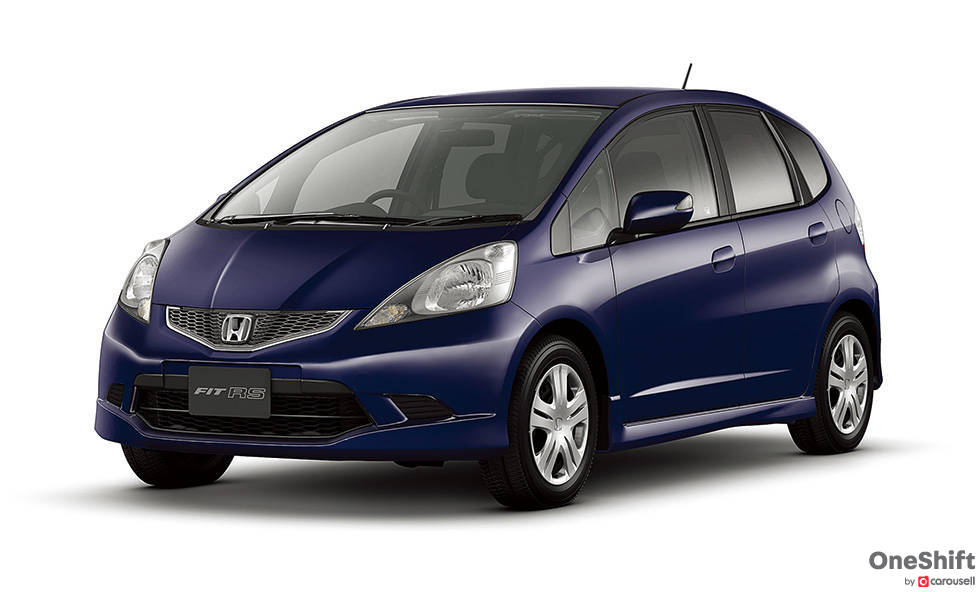
There are a handful of 118bhp, 1.5-litre Fit RS examples in Singapore fitted with a CVT, or even with the rarer 5-speed manual gearbox. Keep your eyes peeled if you are sourcing for one that supplies a more engaging drive.
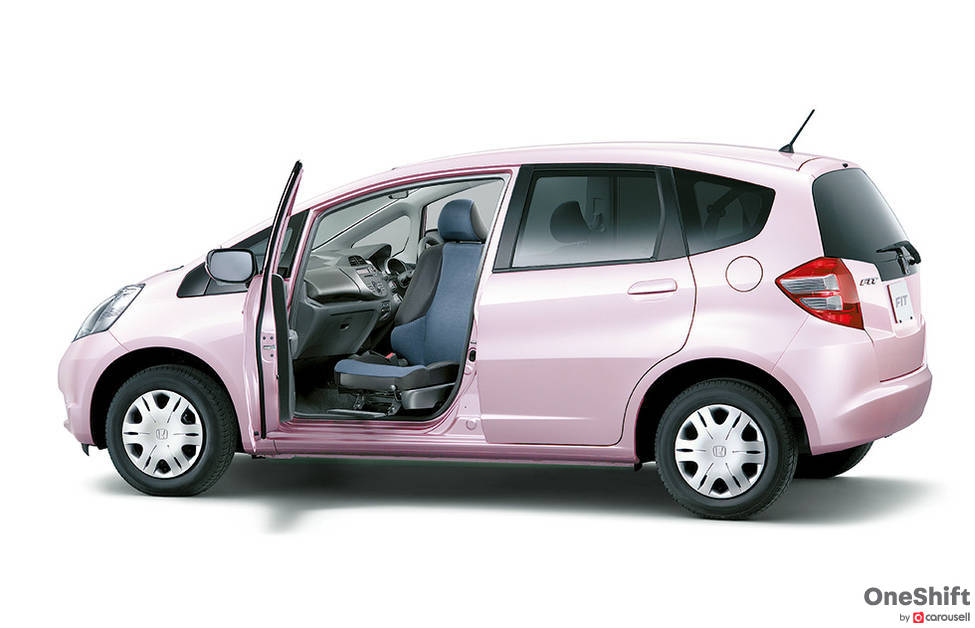
In other markets there is a rotating passenger seat version that takes full advantage of Fit’s ease of access!
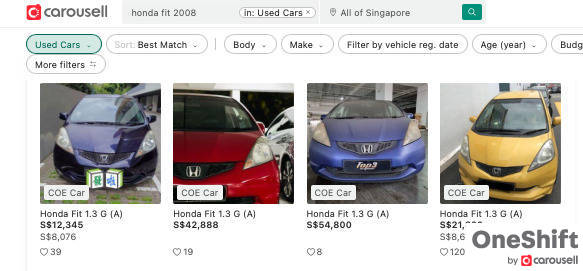
Average annual depreciation for GE Honda Fits fall between the S$8k to S$9k mark, but you might have to fork out northwards of 9 grand for a lower mileage, 2 to 3 owner example. However if you dig deeper, there are examples with depreciation of less than S$8k per year - perhaps an ideal option if you plan to drive one with COE that expires in a couple of years, which in turn need not require too many servicing cycles if you intend to scrap it. Road tax is tagged at S$700 - S$800 per year. For a car that is well over a decade old, it will not be as efficient as the claimed 16km/l when new. Expect one with around 130,000km mileage to register around 11-13km/l, which at current fuel prices, will set you back around S$100 per full tank (RON 92).
A unit fitted with a “Skyroof” option, with a depreciation of not more than 8 grand per year. COE expires in 6 years.
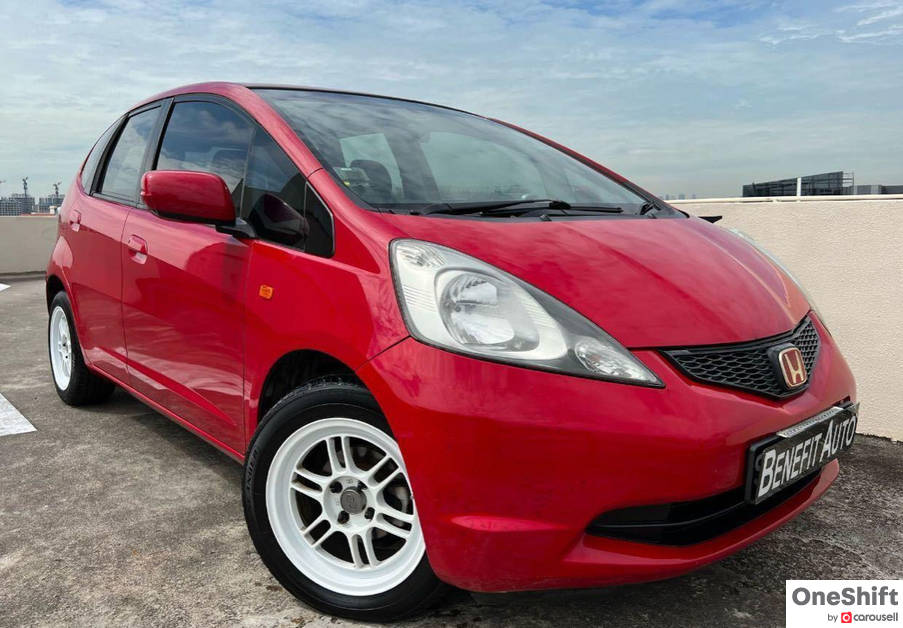
Another fairly low-mileage unit with an interior left fairly unmodified, depreciation at S$8.5k per year with COE expiring on September 2025.
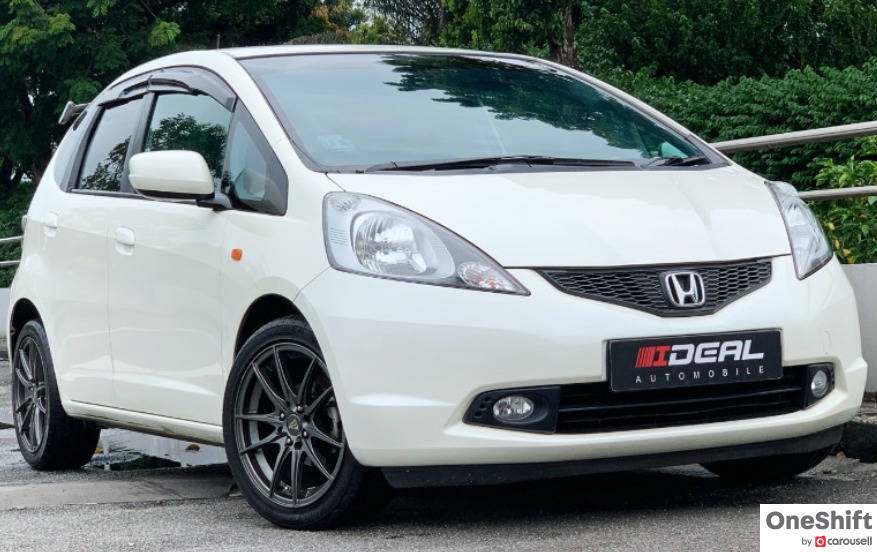
A rare stock, 1-owner unit with a low mileage of 113,000km, and a COE that runs till November 2028.
Keen to acquire a GE Honda Fit? Find more pre-loved examples on Carousell.
Credits: Gerald Yuen


Get the Best Price for your used car
from 500+ dealers in 24 hours

- Convenient and Hassle-Free
- Consumer Protection
Transparent Process
With No Obligation








